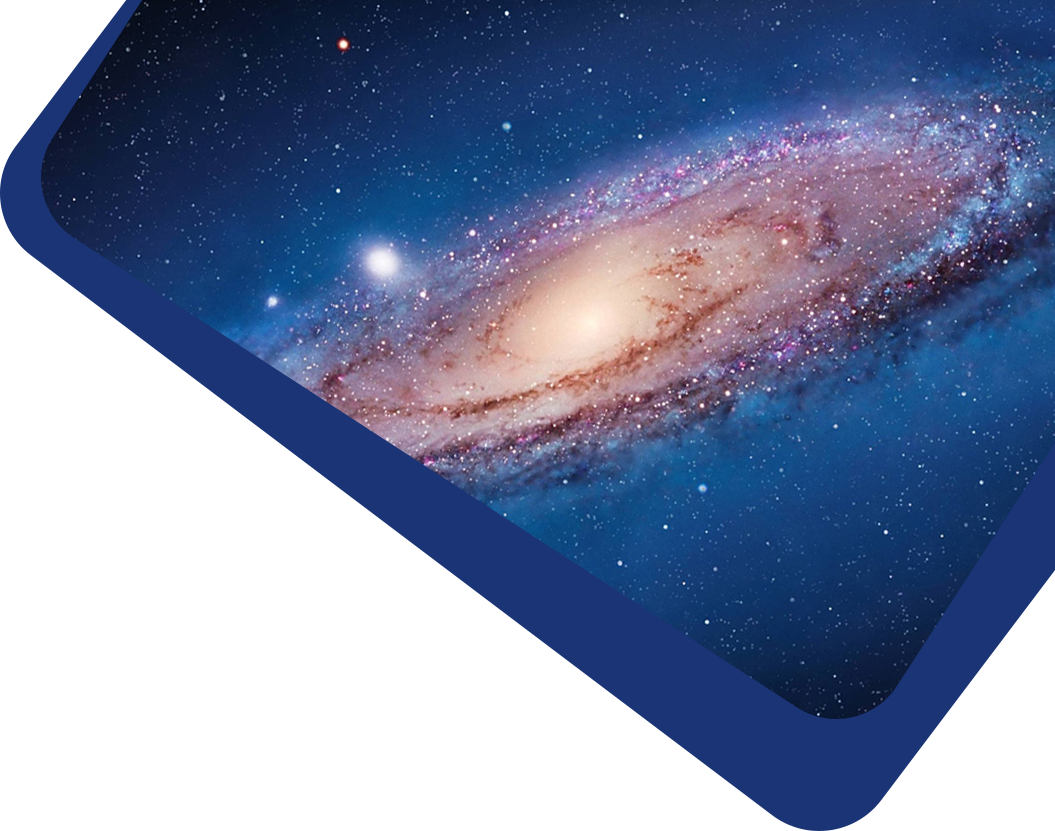The most significant distinction between Phased Array Feed (PAF) and traditional multi-beam receivers lies in its beamforming capability, where the purpose of beam calibration is to accurately determine the weighting information for each beam within the field of view. This paper first introduces the beamforming principles and algorithm classifications of PAF. Drawing on the successfully implemented PAF beam calibration schemes of Australian Square Kilometer Array Pathfinder and Aperture Tile in Focus in radio astronomy observations, we present a detailed explanation of the principles and procedures for beam calibration based on the Maximum Signal-to-Noise Ratio (Max-SNR) and Linear Constrained Minimum Variance (LCMV) algorithm. Based on the existing 1.25 GHz microstrip antenna PAF array, we designed a calibration grid comprising seven distinct directional beams and established an experimental platform for PAF array beam calibration based on an analog beamformer with the Max-SNR algorithm. Test results demonstrated a maximum gain fluctuation of 3.2 dB among the seven beams, and we further refined the weighting coefficients for each beam by selecting an appropriate gain target value and introducing a scaling factor, thereby reducing the maximum gain fluctuation between the seven beams to 1.5 dB. Building upon the Max-SNR measurements of the central axial beam’s intersection points with adjacent beam patterns and their gain differentials, we implemented a recalibration of the central beam using the LCMV algorithm. This approach enforced gain consistency across predetermined directions, with test results demonstrating a reduction in the central beam’s gain fluctuation from 1.6 to 0.9 dB. This research systematically validates the array-level beamforming algorithm and beam calibration scheme, offering significant guidance for future PAF receivers in areas such as beam calibration scheme selection and performance correction. Furthermore, it establishes a solid foundation for the development of advanced digital beamforming technologies with enhanced data processing ability and weighting accuracy.



